Crop protection

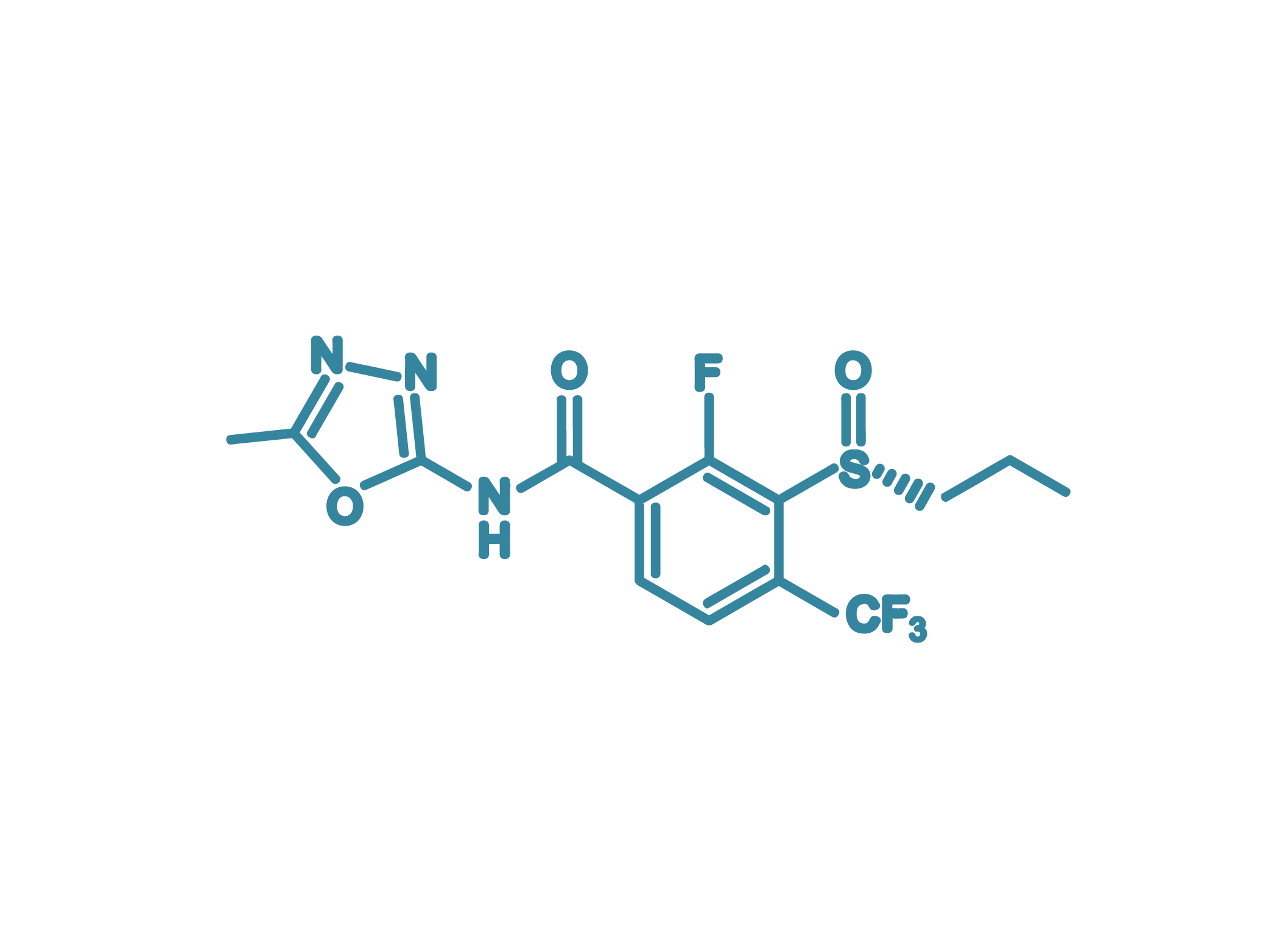
Overview
Flusulfinam (FSM) is a new-generation HPPD-inhibiting herbicide in rice. It effectively controls resistant annual grasses and most broadleaf weeds & sedges, with good rice selectivity. FSM is an excellent resistant management tool for rice. The recommended application rate is 60-120g ai/ha.
Key Features
• No cross-resistance to ALS/ACCase-inhibiting herbicides;
• Unparalled effect on Echinochloa crus-galli, Leptochloa chinensis, Digitaria sanguinalis and most BLWs & sedges;
• Broad application window, can be used from 1.5 rice leaf stage till later growth stage;
• Good selectivity, safe to indica and japonica rice, applicable to DSR, TPR and nursing rice.
Launched in China in 2024.
Formulation: 60g/L Flusulfinam SL, 250g/L Propanil·Flusulfinam ME. More>
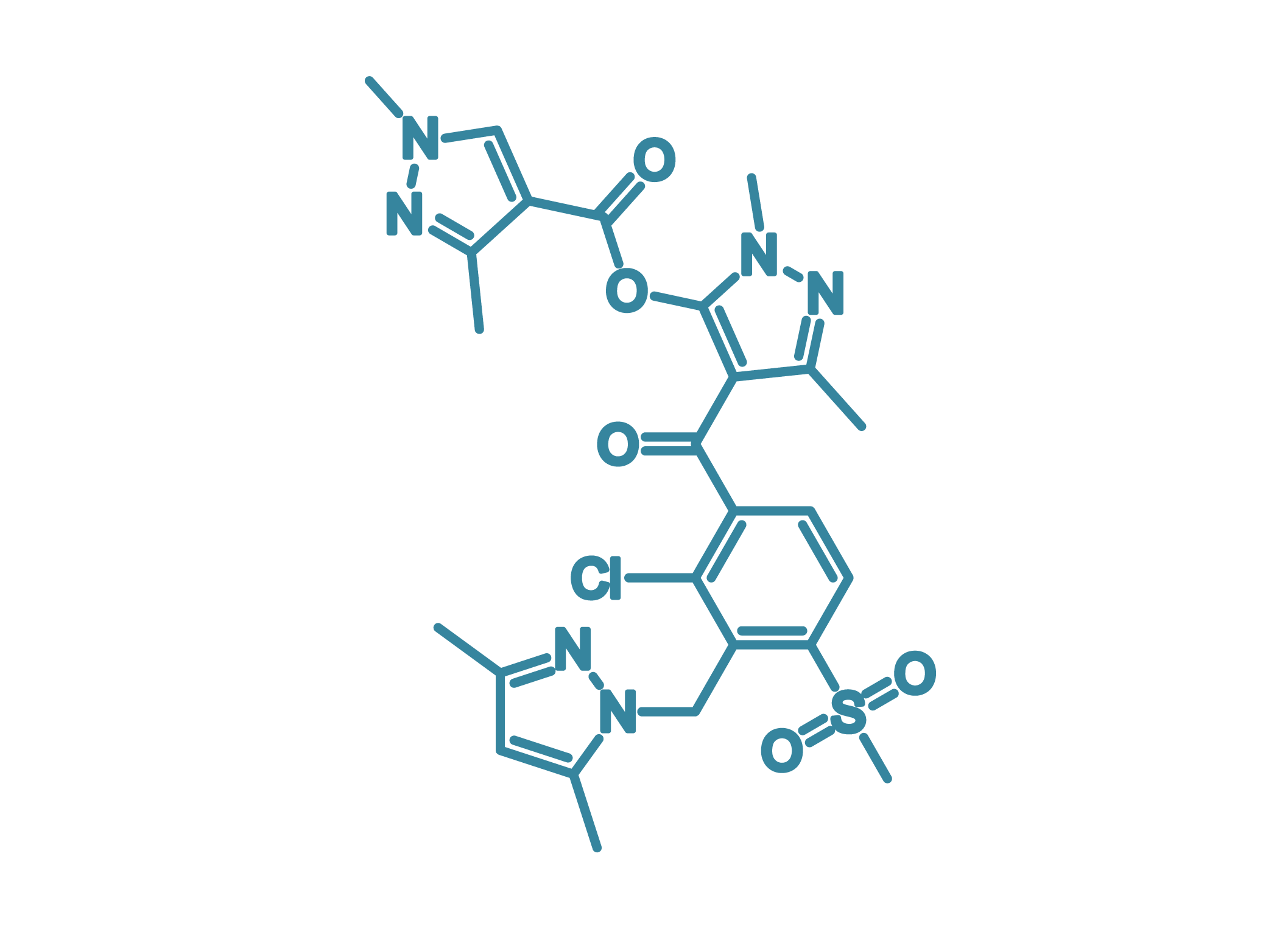
Overview
Tripyrasulfone (TPS) is a novel HPPD-inhibiting herbicide for post-emergence foliar application in rice, targeting Echinochloa crusgalli, Echinochloa oryzicola, Leptochloa chinensis and other annual grasses. It also provides suppression effect on some sedges and Monochoria vaginalis. The recommended dose rate is 105-225 g a.i./ha.
Key Features
• Novel MoA, effectively against Echinochloa crusgalli,
Leptochloa chinensis and other rice grasses resistant to ALS inhibitors,
ACCase inhibitors, and auxin herbicides;
• Applicable for various cultivation methods, including DSR and TPR;
• Environmental-friendly.
Launched in China in 2020.
Formulation: 6% Tripyrasulfone OD, 28% Tripyrasulfone·Propanil OD. More>
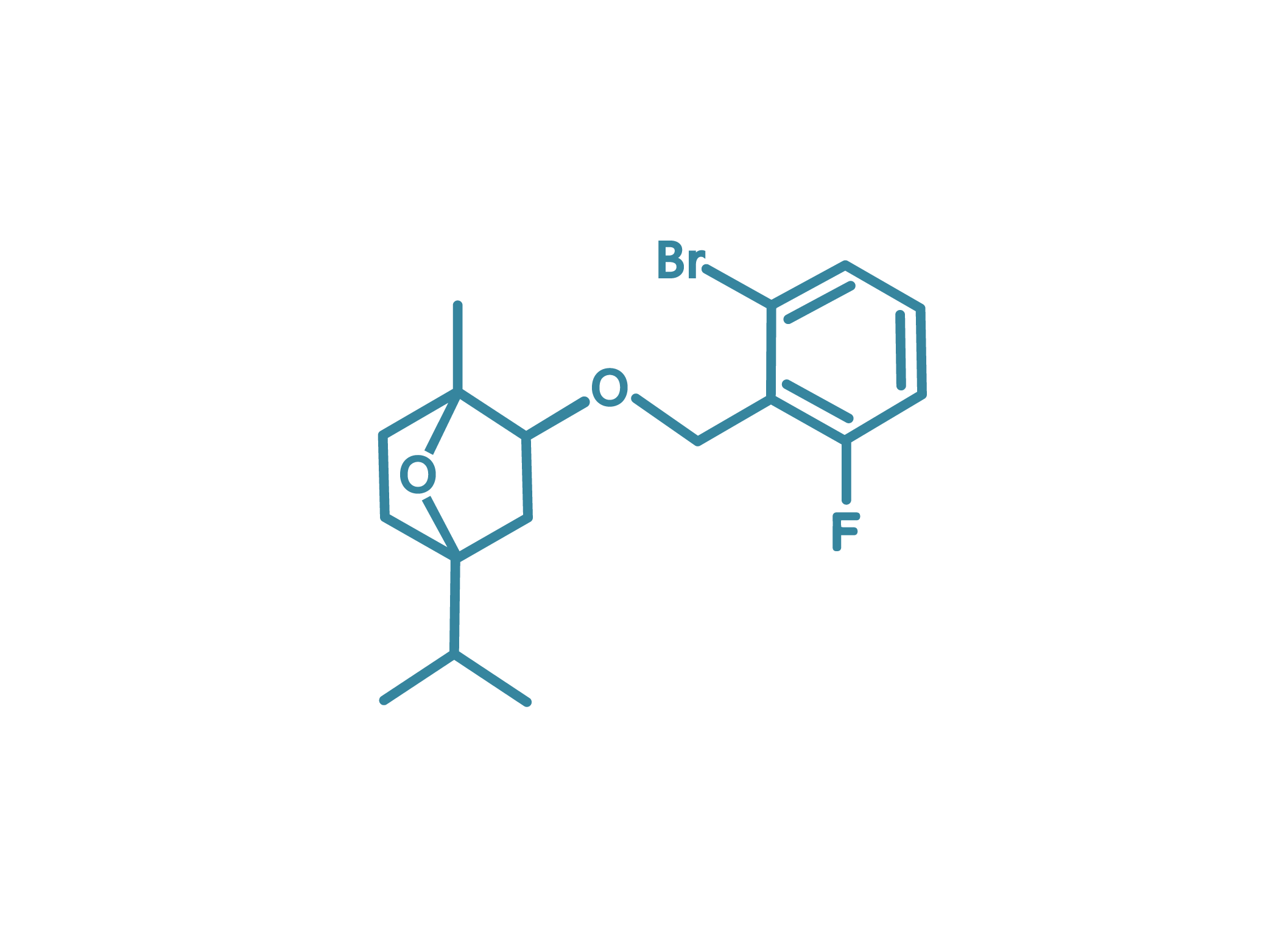
Overview
Cinflubrolin (CFB) is a novel systemic pre-emergence herbicide with FAT-inhibiting activity, exhibiting both pre-emergence soil activity and early post-emergence foliar activity. It demonstrates no cross-resistance and effectively controls annual grasses, sedges, and some broadleaf weeds.
Key Features
• Effectively controls ALS-, ACCase-resistant weeds including Echinochloa crusgalli and Echinochloa oryzicola;
• Provides excellent control of grasses at 1-2 leaf stage at the dose of 30-120 g a.i./ha;
• Offers long-lasting residual activity, up to 30–45 days;
• Extended application window, applicable for both pre- and early post-emergence application.
To be launched in China in 2026. More>

Products of Tripyrasulfone and Flusulfinam

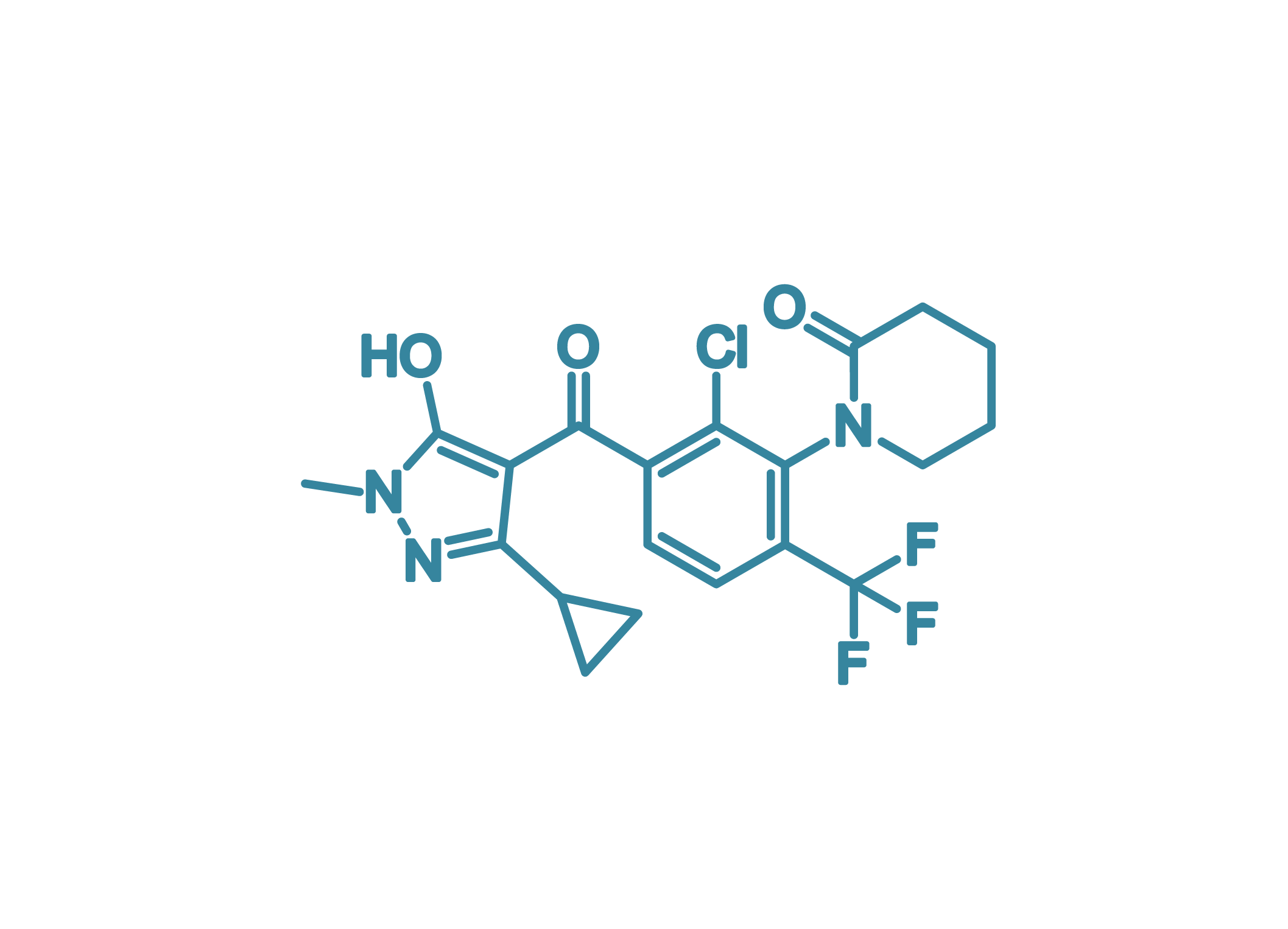
Overview
Cypyrafluone (CPF) is a novel HPPD-inhibiting herbicide in wheat, as the first of this MoA available for grass control in wheat. It is a landmark in wheat herbicide history. The use rate of Cypyrafluone is 135-180 g a.i./ha, depending on the target weed species and growth stages.
Key Features
• Effectively targets resistant weeds such as Alopecurus aequalis, Alopecurus japonicus, Alopecurus myosuroides, Phalaris spp, Snowdenia polystachya;
• Also effective on some BLWs like Stellaria media, Capsella bursa-pastoris, Brassica campestris.
• Superior activity and good crop selectivity.
Launched in China in 2018 and Pakistan in 2022.
Formulation: 6% Cypyrafluone OD, 25% Cypyrafluone·Isoproturon OD. More>
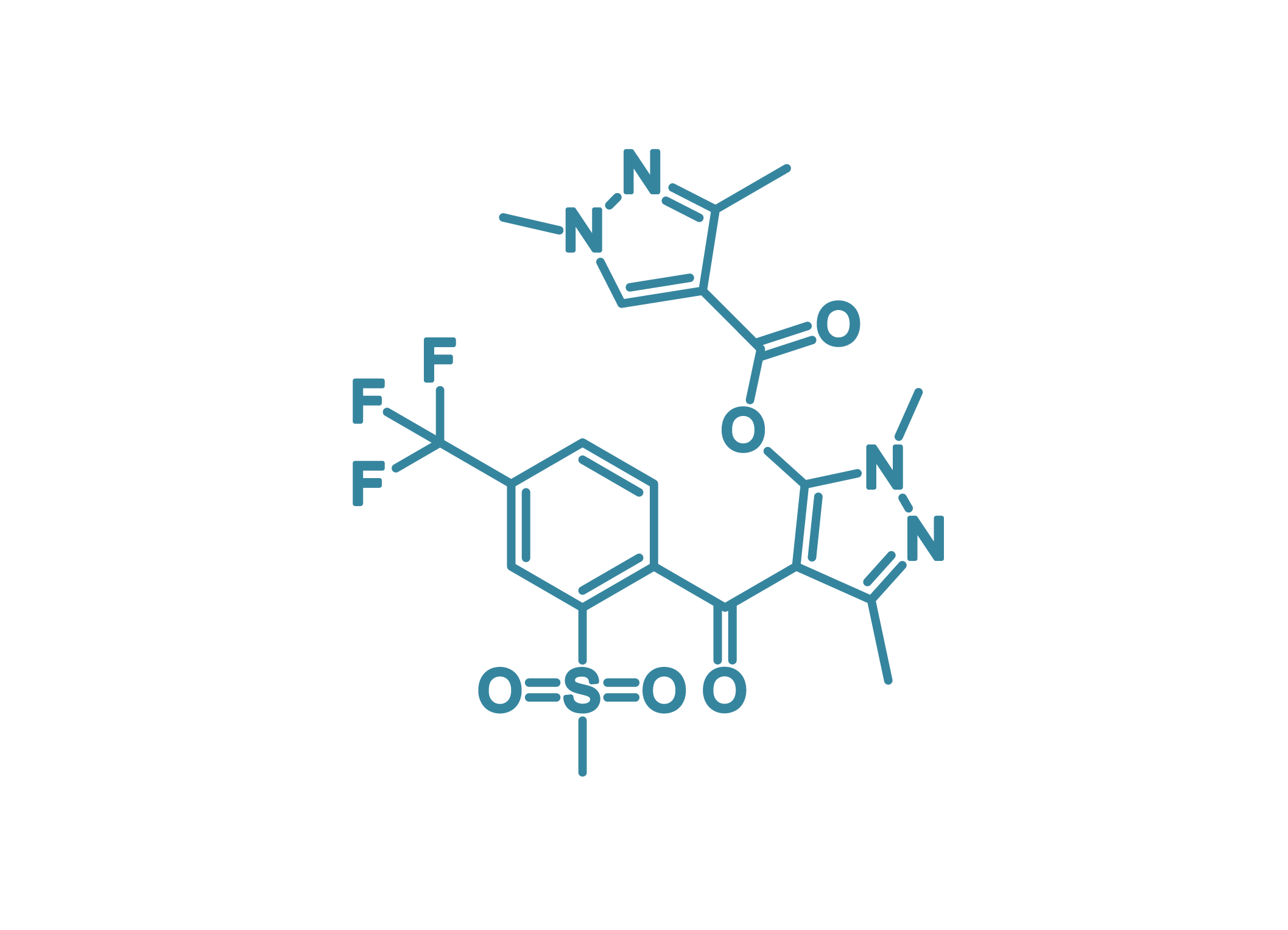
Overview
Bipyrazone (BPZ) is a new HPPD inhibitor for BLW control in wheat. It offers enhanced crop selectivity and slower resistance development, making it an excellent tool for managing resistant weeds. Bipyrazone can be mixed with multiple herbicides, such as Fluroxypyr, MCPA, 2,4-D and Bromoxynil octanoate, to provide a broader spectrum. The recommended dose rate is 30~37.5g a.i./ha.
Key Features
• Effectively targeting BLWs resistant to ALS/ACCase/PPO inhibitors and auxin herbicides;
• Broad spectrum and high effect on resistant BLWs like Stellaria media, Descurainia Sophia, Capsella bursa-pastoris, Galium aparine, Anagallis arvensis, Melilotus officinalis;
• Superior activity and crop selectivity, broad application window.
Launched in China in 2018.
Formulation: 10% Bipyrazone OD, 22% Bipyrazone·Fluroxypyr OD. More>
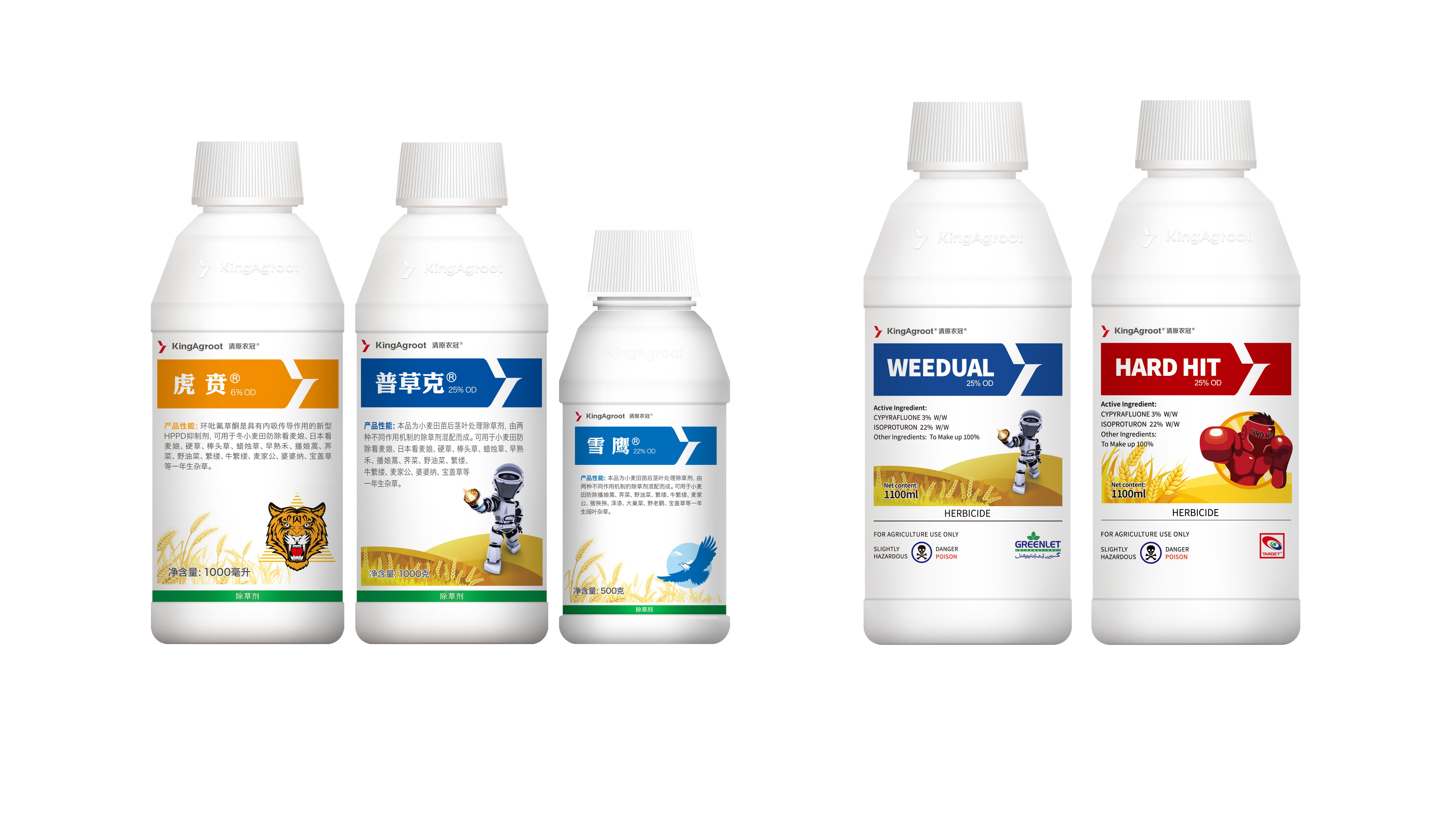
Products of Cypyrafluone and Bipyrazone

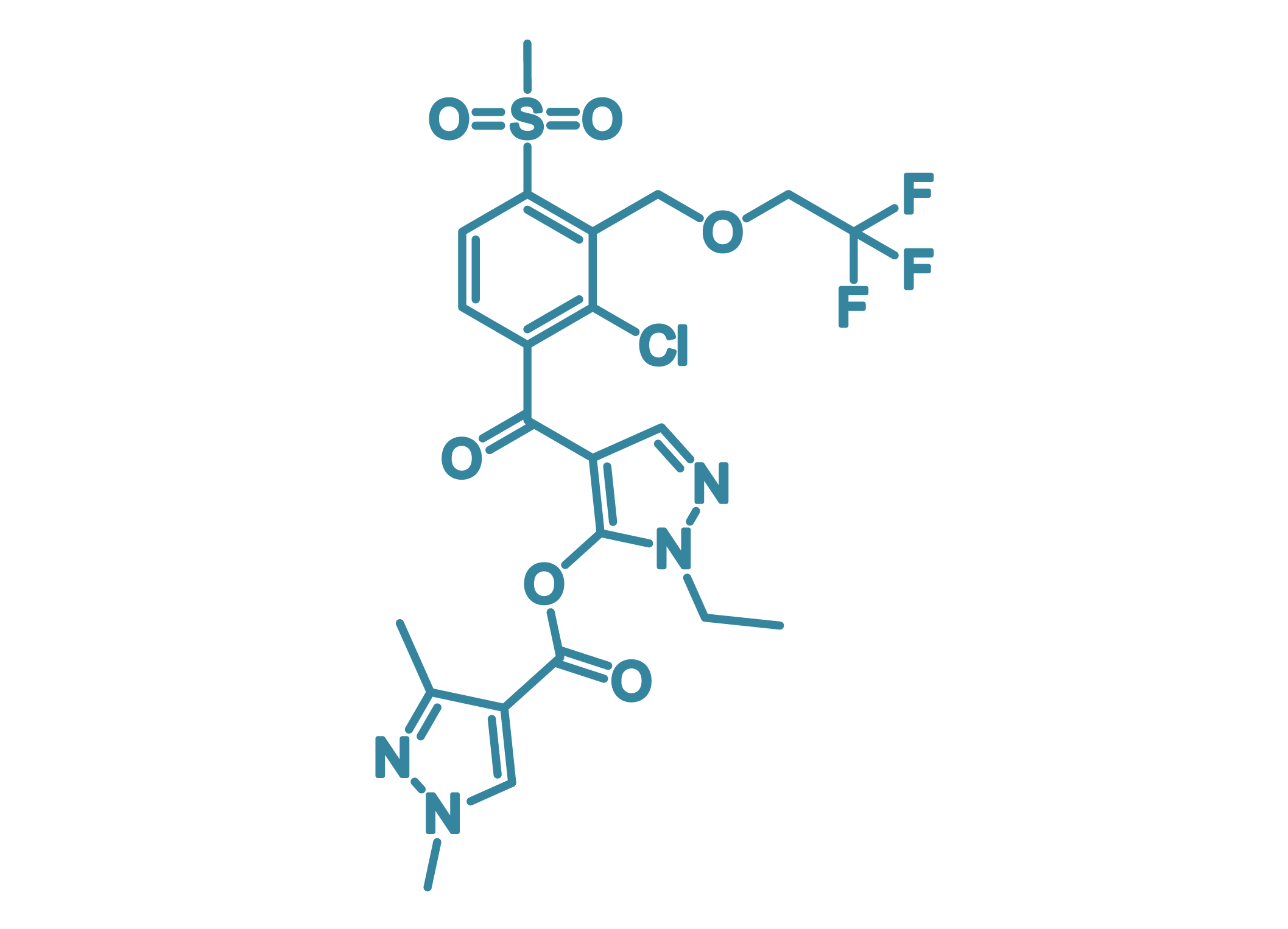
Overview
Fenpyrazone (FPZ) is the third-generation HPPD-inhibiting post-emergence corn herbicide proprietary to KingAgroot. The new fluorine structure is more active, more stable and faster in controlling weeds, with excellent crop selectivity and crop rotation flexibility. The recommended dose rate is 90-135 g a.i./ha.
Key Features
• No-cross resistance with other MoA herbicides, effectively controlling Digitaria sanguinalis and Echinochloa crusgalli resistant to ALS inhibitors;
• Strong activity, exhibiting symptoms within 2–3 days and killing weeds within 5–7 days;
• More broadened spectrum, including key grasses like Digitaria sanguinalis, Echinochloa crusgalli, Eleusine indica, Panicum miliaceum and annual BLWs like Chenopodium album and Abutilon theophrasti;
• Environmental-friendly, offering excellent in-season crop selectivity and crop rotation flexibility.
Launched in China in 2020 and Pakistan in 2024.
Formulation: 6% Fenpyrazone OD, 25% Fenpyrazone·Atrazine OD. More>
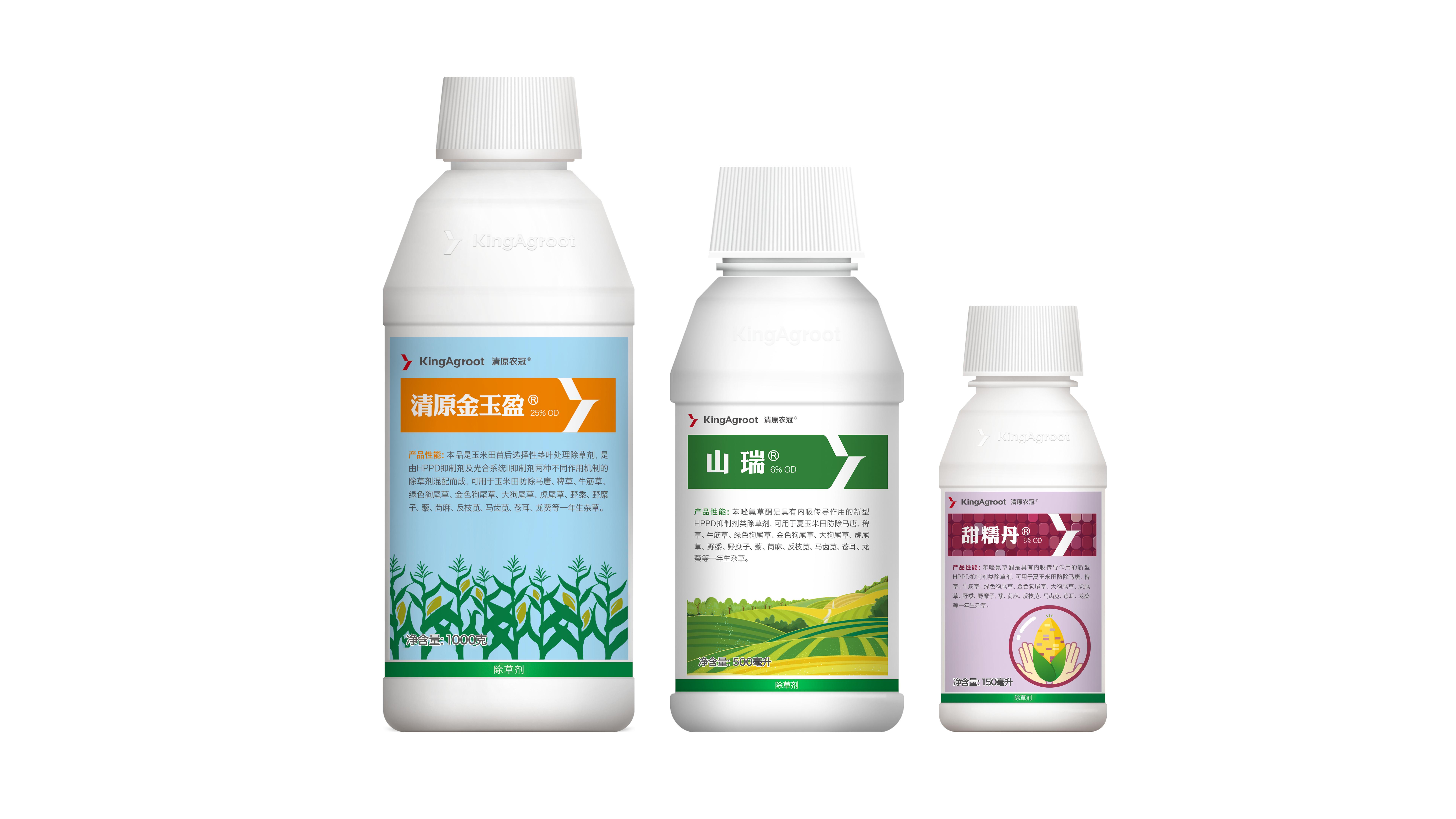
Products of Fenpyrazone
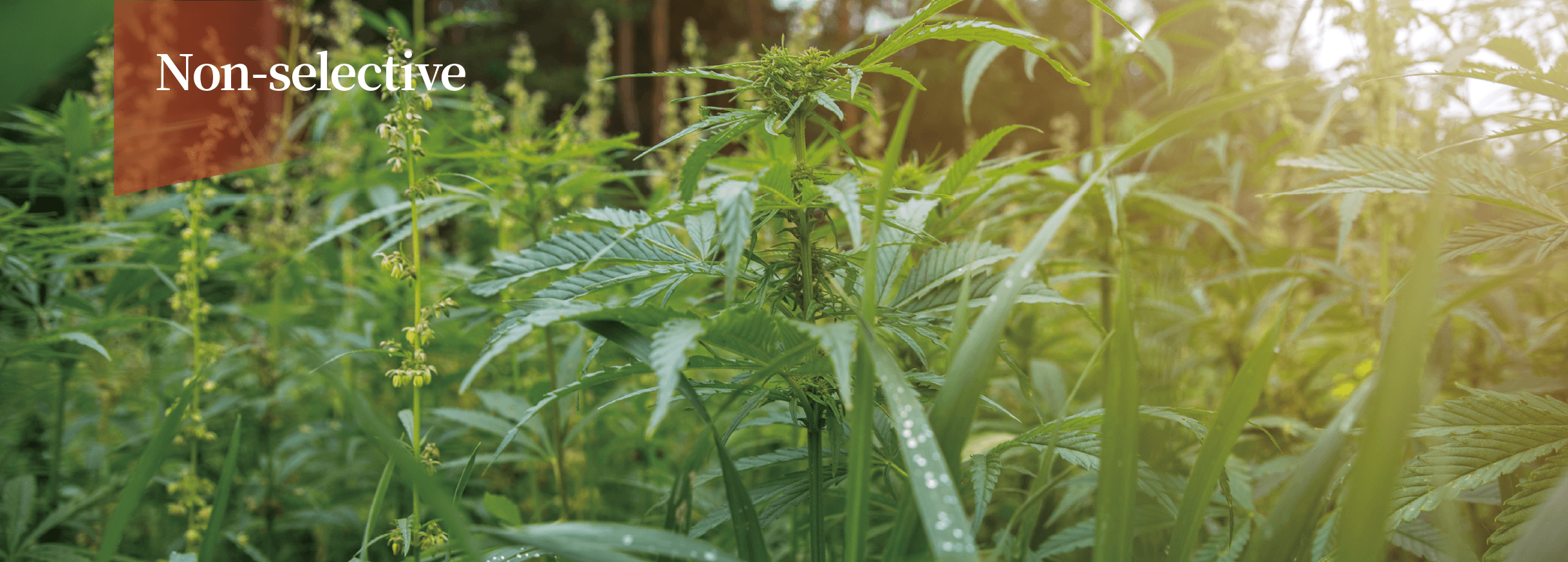
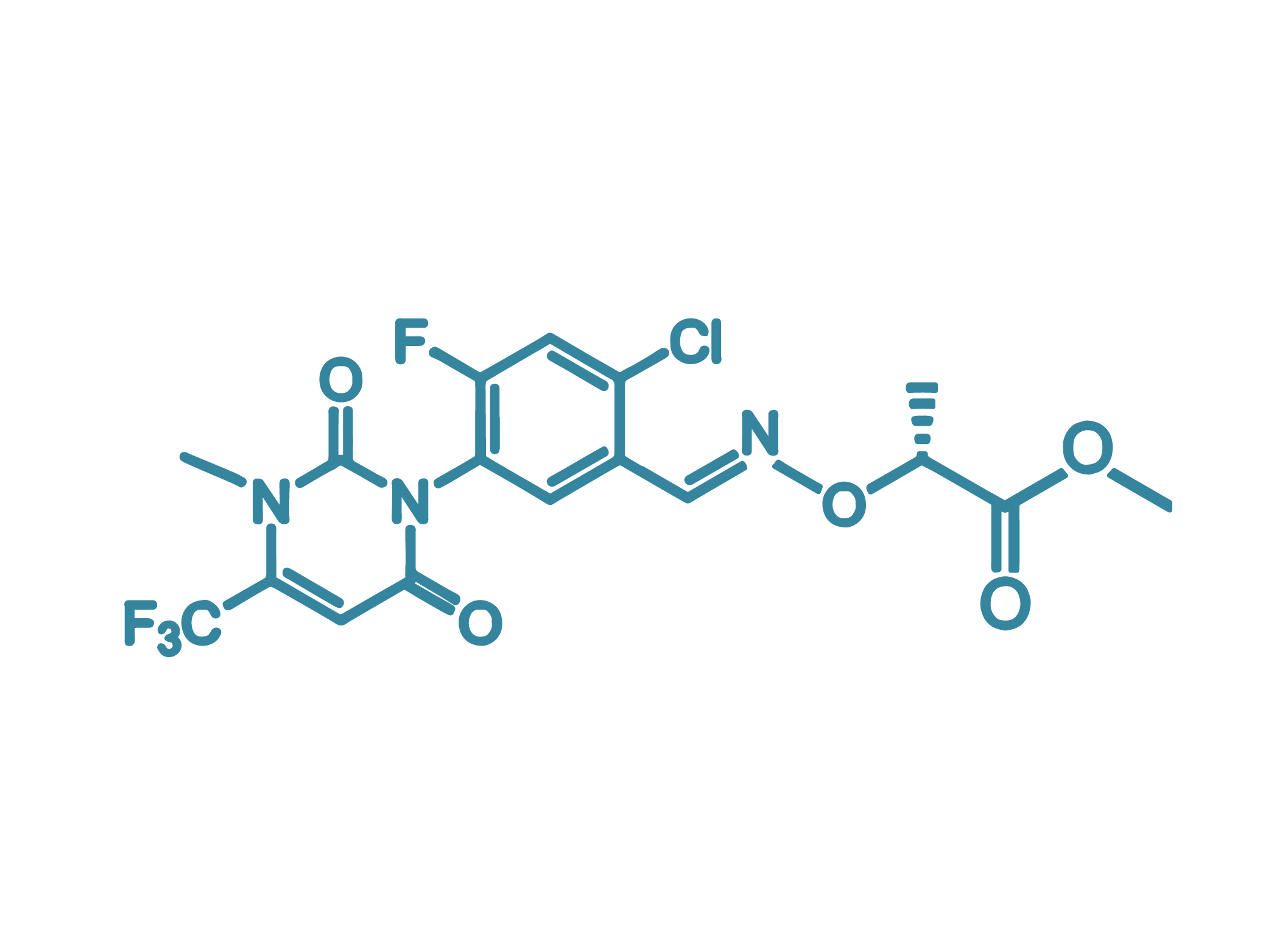
Overview
Flufenoximacil (FFO) is a next-generation PPO inhibitor, functioning as a contact-based, non-selective herbicide. It boasts higher efficacy and a broader spectrum of weed control, effectively managing glyphosate- and glufosinate-resistant weeds. It is widely applicable in plantations, orchards, tea gardens, row crops and non-cropland.
Key Features
• No cross-resistance, effectively controls resistant Eleusine indica, Rottboellia cochinchinensis, Paspalum conjugatum, Lolium multiflorum, etc;
• Effectively targeting over 170 weed species, expanding the grass spectrum of PPO inhibitors;
• Higher activity, lower dose (30-120 g a.i./ha);
• Quick action, effects visible within 1 day;
• Root safety; environmental friendship and crop rotation flexibility.
Launched in China in 2024.
Formulation: 110g/L Glufosinate-P·Flufenoximacil ME,
210g/L Flufenoximacil·Glufosinate ME. More>
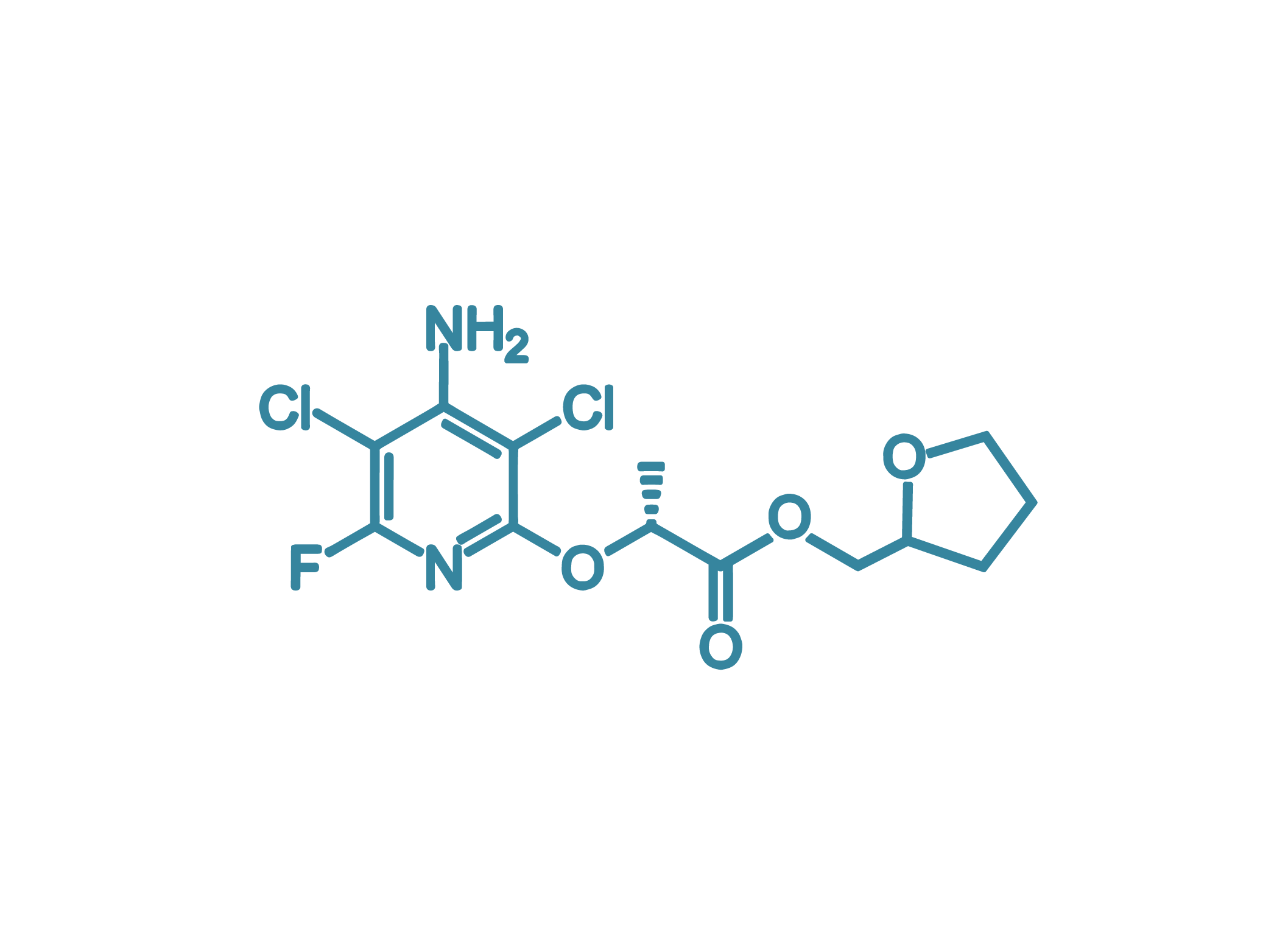
Overview
Fluchloraminopyr-tefuryl (FCA) is a new-generation non-selective systemic auxin herbicide. It features high activity, broad spectrum, good low-temperature tolerance and long persistence. With excellent effect on glyphosate- and glufosinate-resistant weeds, it is a novel solution to resistant and noxious weeds. The recommended dose rate is 162-360g ai/ha.
Key Features
• No cross-resistance, efficiently against resistant or tolerant weeds like Conyza canadensis, Equisetum arvense, Cynodon dactylon, Leersia hexandra and Phragmites australis;
• Super broad spectrum, expands grass spectrum of auxin herbicides;
• Strong systemic activity, excellent effect on some shrubs and vines;
• Much longer persistence than existing solutions, reduces application frequency;
• Stable performance in low temperatures and improved environment adaptability.
To be launched in China in 2025.
Formulation: 30% Glyphosate·Fluchloraminopyr-tefuryl ME. More>
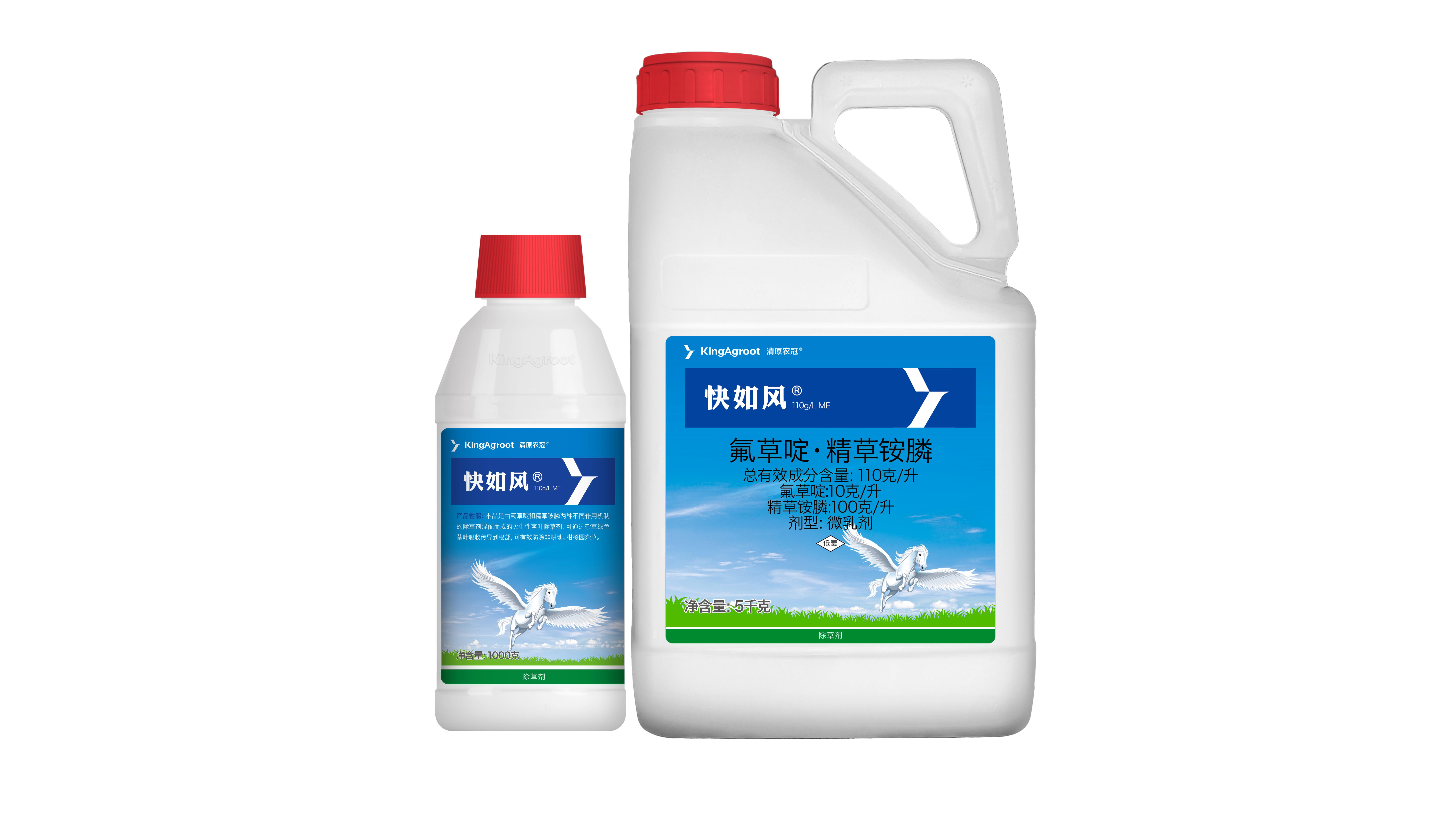
Products of Flufenoximacil

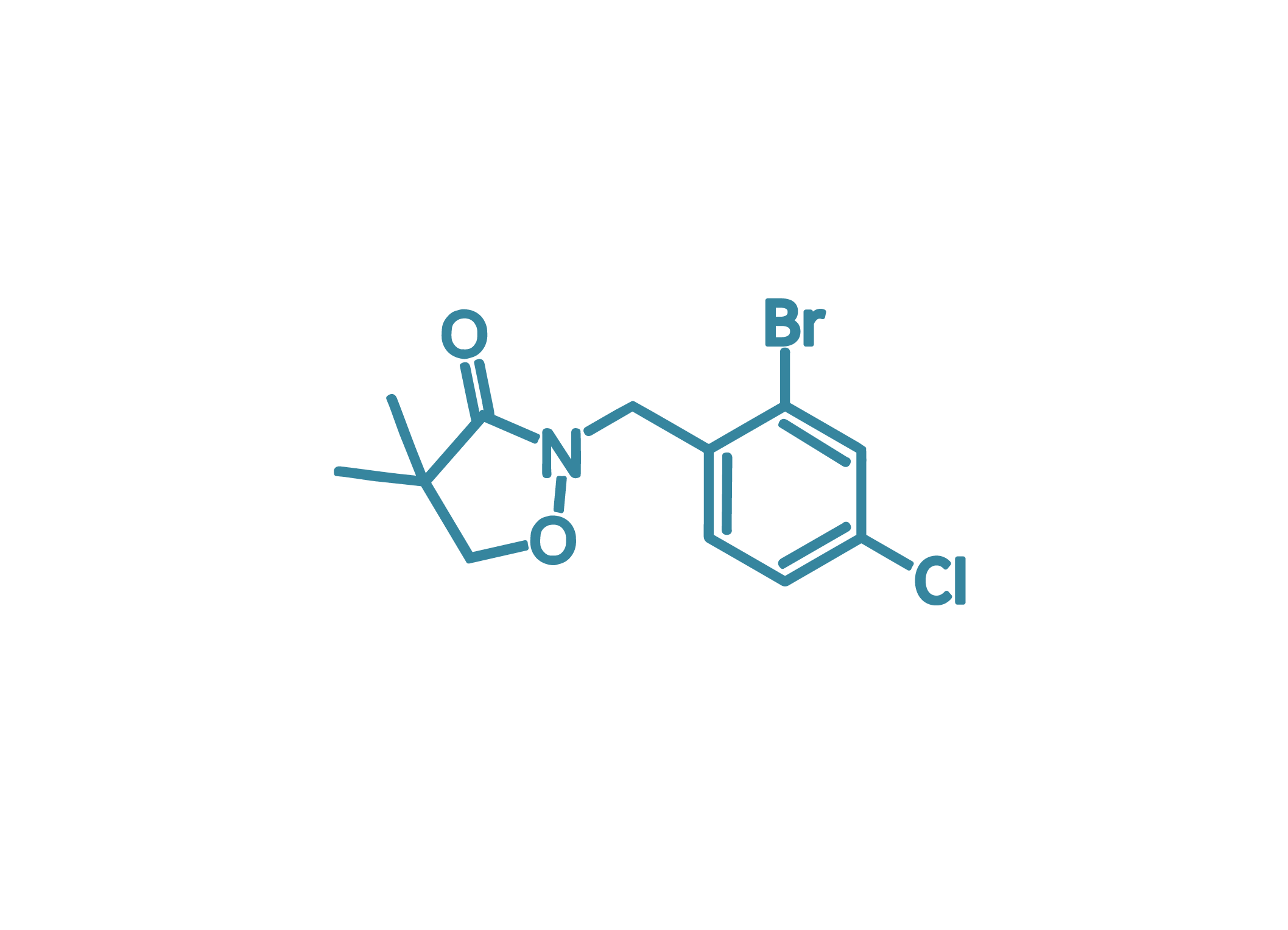
Overview
Broclozone (BCZ) is a new DOXP-inhibiting systemic selective herbicide for pre- and post-emergence application. It effectively targets Lolium multiflorum, Beckmannia syzigachne, Alopecurus myosuroides and other grasses & BLWs, and is applicable to various dryland crops. The recommended dose rate is 150-300 g a.i./ha.
Key Features
• High efficacy against weeds resistant to various MoAs, including ALS- and ACCase-inhibitors;
• Fast-action, bleaching symptoms visible at 2-3 DAA;
• Great mix compatibility, to improve efficacy and spectrum in mixtures;
• Broad applicable crops.
To be launched in China in 2025.
Formulation: 400g/L Broclozone SC. More>

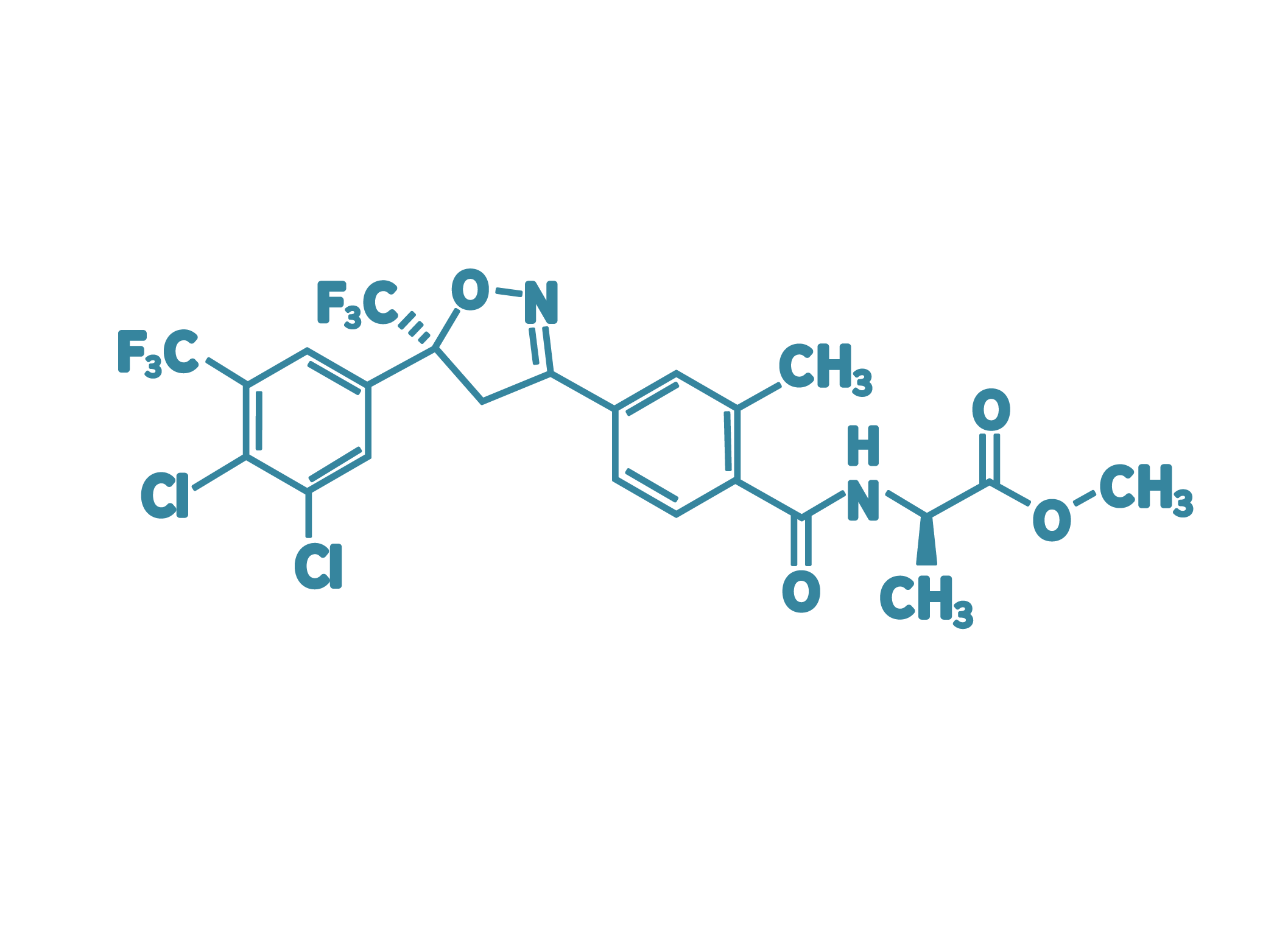
Overview
Isoflualanam (IFA) is a novel patented compound of GABA-gated chloride channel allosteric modulator, demonstrating no cross-resistance to other insecticides. It represents the best-performing compound in group 30, with a broad insect spectrum, as an ideal versatile resistance management tool. The recommended application rate is 9-30 g a.i./ha.
Key Features
• Unique mode of action, low resistance risk;
• Powerful stomach toxicity and contact toxicity;
• Fast action, with good penetration;
• Broad insect spectrum, particularly effective against
Lepidoptera, Acarina and Homoptera.
To be launched in China in 2026. More>